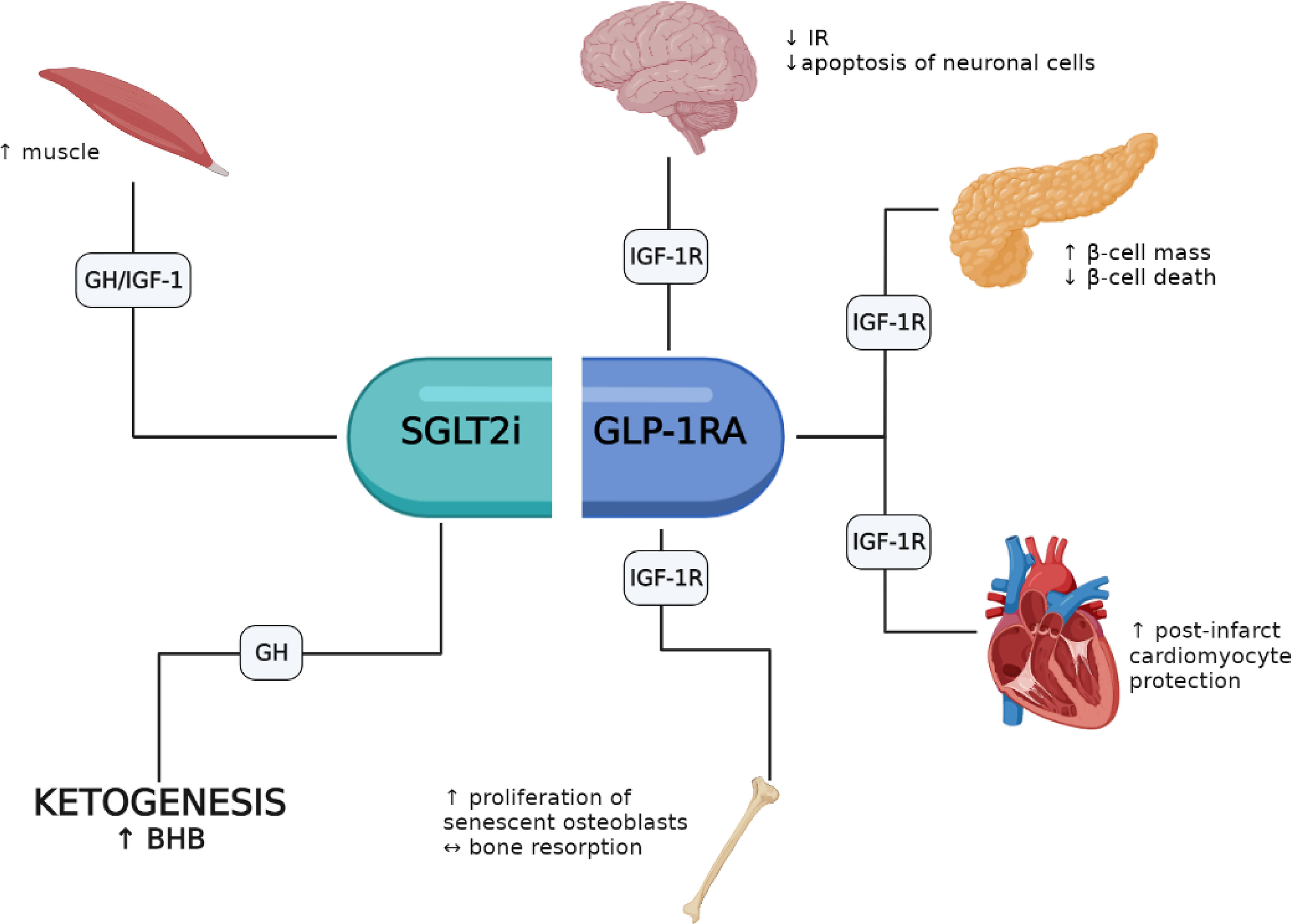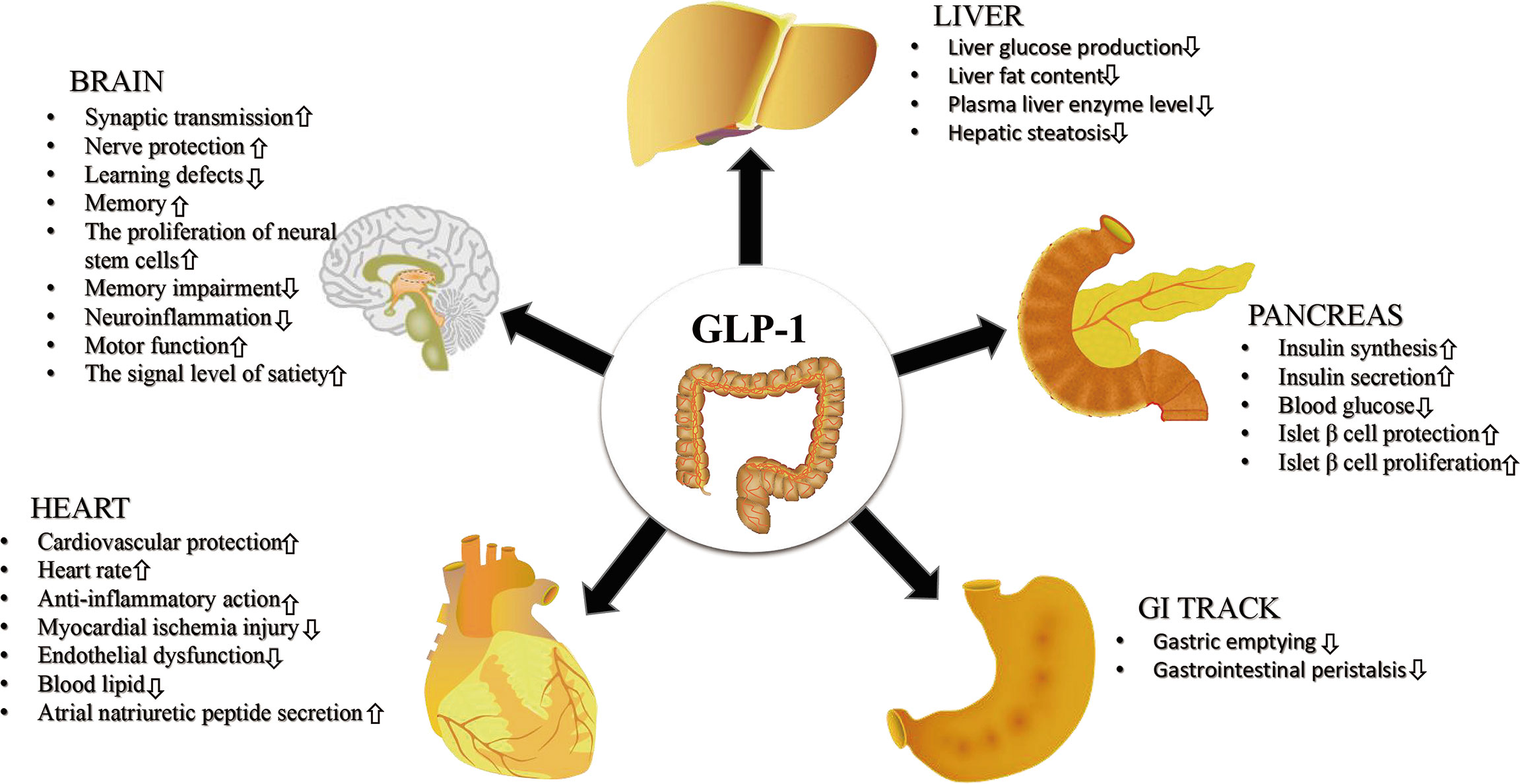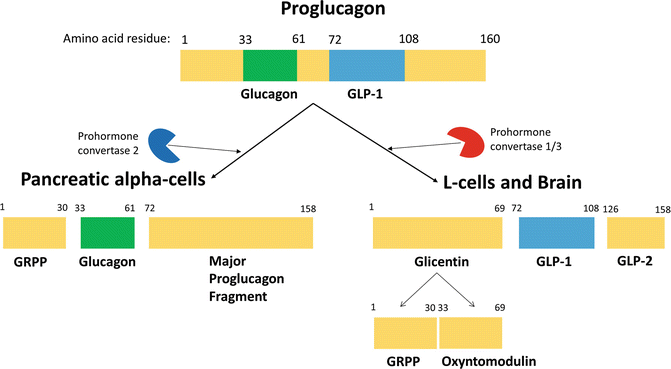Dulaglutide Semaglutide Liraglutide are long-acting glucagon-like peptide-1 agonists (GLP-1 agonist an incretin)
GLP-1 exerts its main effect by stimulating glucose-dependent insulin release from the pancreatic islets. It has also been shown to slow gastric emptying, inhibit inappropriate post-meal glucagon release, and reduce food intake (table 1 and figure 1)





GLP-1 origin
Is the physiological release of GLP-1 associated to equimolar release of Glucagone?



Protein Aminoacids Percentage : INSULIN & GLUCAGON

